You spend roughly a third of every 24 hours at work, but how much of that time are you wishing away, waiting for the day to end and ‘real life’ to begin? What if the secret to turning this approach around is right in front of you, doesn’t cost anything, and doesn’t take any time away from work or play?
Adding to the To Do List
I’ve read a lot of books that have changed my life. Momentarily. I’ll read a book, look at the world in an entirely new way for a couple of weeks, and then revert back to my old habits. I believe this is because there is simply too much to do – I can’t be dipping into the book every time I need a refresher of the concepts, and so the new way of looking at the world gently fades.
If you’re like me, you are too busy. The To Do List is never-ending. So don’t give me something else to add to it, no matter how much it’s supposed to help me!
That’s the beauty of “glimmers”: they don’t add anything to your To Do List. They don’t cost anything, they don’t take any effort to recognise, they’re just right there… waiting to be noticed.
How glimmers work
Glimmers are tiny micro-moments of joy. They are three-second slices of joy that exist in our everydays, but they are so subtle that you don’t necessarily see them. I’m talking really small: feeling hot and stepping into an air-conditioned room. The first sip of tea or coffee for the day. A flower in full bloom. A hug from someone you love.
What’s so magical about glimmers is that the more you notice them, the more they show up for you. And each glimmer acts as a small moment of regulation for your nervous system: reassuring you that you are, in fact, safe in this moment. That feeling of being frazzled (you know what I mean) is really your parasympathetic nervous system needing some care.
Research has shown that joy activates the parasympathetic nervous system (linked to feelings of peace and calm). This is because joy is felt in our neurotransmitters – the tiny chemical cells that transmit messages between neurons (our nerves) and other cells in the body. So when you focus on finding these tiny moments of joy, you’re actually focused on regulating our nervous system.
Finding glimmers
Where do you find these magical moments, though? It’s all very well for people who are doing purpose-driven work, or who love their team, or who feel excited about going to work in the morning. But what about everyone else, for whom work is something that is a necessary but not particularly fulfilling part of each day? Or those who work entirely virtually, without colleagues to interact with or, conversely, with too many colleagues to interact with?
There’s joy there too: there are glimmers to be found in every situation. The trick is to lower your bar for delight. You don’t have to be thrilled or excited or gleeful about each moment, all you need to do is find a few moments in the day that make you feel, “Oh, that’s nice.” Nice! Not spectacular, or extraordinary, or fabulous. Just nice.
Glimmer categories
As silly as it sounds, it can help to think of glimmers as falling into different categories (in fact, that’s how Daily Glimmers is set up: a theme for each month). What happens is that as you focus on one specific theme – nature, for example, or sensory delights – you’ll start noticing those glimmers more easily. You know how if you’re thinking of buying a specific item, you keep seeing that item pop up in everyday life? It’s the same thing.
If you focus on the way the light falls through the leaves on your walk to work, or the pattern the shadows make across the building, or the birds singing as you pass a particular tree, or the flowering blooms on a bush, you’ll suddenly start seeing how much natural beauty you’re surrounded by: even in the busiest of cities.
Similarly, sensory delight is available to all of us, many times a day. A hot shower on a cold morning. The first bite of a warm pastry. That first breath of fresh air as you step off public transport. A cup of tea just when you’re desperate for one. Slipping on a new pair of socks. If you keep the bar really low, life offers up all kinds of delights.
Glimmers at work
But what about glimmers at work – what are the options there? There are (perhaps surprisingly) so many! From the obvious things, like surprise birthday cake in the office, or meeting an online colleague in real life and really getting on, to the less obvious but just as joyful – the feeling of sharing a (niche) passion with your team, who are all focused on one specific task or solving a certain problem. The collective buzz of a Friday afternoon, or starting the week refreshed on a Monday (certainly not a given, but oh! What a treat).
There is great satisfaction to be found in a successful meeting, and just as much in a meeting cancelled on a busy day. Purposefully firing off emails, getting in the flow and powering through a chunky task, finishing a project knowing you did your best: these are all glimmers. And the pandemic showed us the importance of casual but friendly social interaction as a vital part of our day… like that chitchat about nothing much while you wait for the kettle to boil, or the few words you share with the coffee guy you see each morning… This stuff is golden.
A perspective shift
The importance of glimmers, in my mind, is that they reorient us towards a different perspective. The world is full of bad news; life is often hard and frequently boring. And yet, being eloquent in a meeting feels great. Watching clouds scud across the sky is lovely. Both things can be true.
If you’re actively hunting for daily glimmers, you’re going to see more of them. And that’s good for your nervous system, your mental health, your productivity and – most importantly – your everyday life. A solid third of your life is spent at work, why not fill it with glimmers?
About the author
Bridget McNulty is the author of Daily Glimmers: The art of finding tiny joys every day of the year in which she shares how to make any job meaningful, and how to celebrate the beautiful ordinary at work.
Shes’ also co-founder of Sweet Life: South Africa’s largest diabetes community and author of The Grief Handbook & Strange Nervous Laughter.
You might also like:











